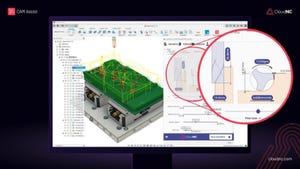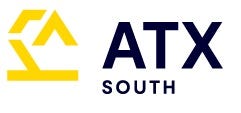Stop Wasting Your Technical Talent, Part 2
Here are more examples of how you may be wasting technical expertise.
March 14, 2024

At a Glance
- Good assignment of engineering tasks can increase motivation
- Match people with what each person does well
This is Part 2 of this article series begun in January 2024, which discusses more areas where we waste our technical talents. If you have not read Part 1, be sure to check it out.
Technical Writing
Engineers often choose their path because they like math and science. It should come as no surprise they often are less interested in English classes. Writing reports is not part of their natural wiring.
When I started my career, we had a group of technical writers who were amazing at creating reports, technical manuals, and user manuals. I would review the drafts to ensure they communicated my intent, but they did the heavy lifting. It was an efficient process. It allowed our technical writers to ask clarifying questions during creation and gave me time to focus my thinking.
With the creation of word processing software, engineers were able to do this work themselves. But it is work they don’t like to do. It is work they don’t want to do. This means the reports are left to the last minute, and we take what we get. The level of documentation is lacking compared with what is possible. I talked with Kim Gullion about this situation.
“This is the point when we typically receive the call asking for technical writing help,” explains Gullion, who serves as CEO of Writer Resource. “Technical writers are trained writing professionals who capitalize on their industry experience (e.g., in manufacturing, IT/IS, medtech, industrial, etc). They work seamlessly with engineering experts to extract their knowledge quickly and efficiently. This competence allows your talented engineers to continue doing what they do best: innovate, design, and build. Investing in a temp or perm technical writer results in cohesive documentation that is easy to read, upload, and disseminate to your staff, upper management, or customers.”
Using technical writers can get the best from each resource, in less time.
Administrative Tasks
Early in my career, we had a group secretary who would type memos, meeting notices, and other documents. For example, scheduling a meeting needed an invite on paper. They would not mail it without an agenda, which is essential for productive meetings. Scheduling a meeting at the last minute was not common.
Today, we have everyone’s calendar at our fingertips. Anyone can schedule a meeting at any time. Are agendas required? It depends. The meetings are set last minute, disrupting the flow of work. Adding another person is easy—just click a button. This has led to many useless meetings. Without an agenda, it is hard to know whether we need to be there. So, we attend just in case.
Further, who takes notes during these meetings? It is often a technical lead, who does not like writing. Plus, they are deeply involved in the conversation. Stopping for note taking either destroys the flow, or limits the lead participation. A secretary could record the minutes and publish them after the meeting. The technical lead could immediately take action on key activities after the meeting.
Task Assignment
Random task assignment creates issues. Two mechanical engineers are trained to do the same things, but have different interests. Alignment of tasks and interests makes things smoother. Similarly, we do not want a designer to create brackets. A typical drafter could do this task and enjoy it. But a creative designer? This activity would drive them crazy.
During different phases of engineering activities, we have opportunities for two thinking styles. For example, during Failure Modes and Effects Analysis (FMEA) activities, there are open-ended “define our potential failure modes” tasks. During closed-end stages, we are defining the probability of occurrence. Is everyone equally capable of both activities? Obviously, no. This FMEA task allows both thinking styles to participate at different times, so we should base our assignments on this.
I was in charge of a group once who was struggling to be productive. Using this concept, we made adjustments to our assignments. We reduced handoffs and were more motivated on the tasks assigned. We became less stressed, more productive, and more satisfied with our job. It was refreshing after a long period of frustration and barely keeping up.
Conclusion
By aligning people with interesting tasks, we gain efficiency and quality of work. Additionally, we tap into intrinsic motivation, which is vital to success. I’d love to see things move toward better leveraging of our natural talents. Could this help your design team? Do you agree with these areas of waste? What other areas do you see?
About the Author(s)
You May Also Like





